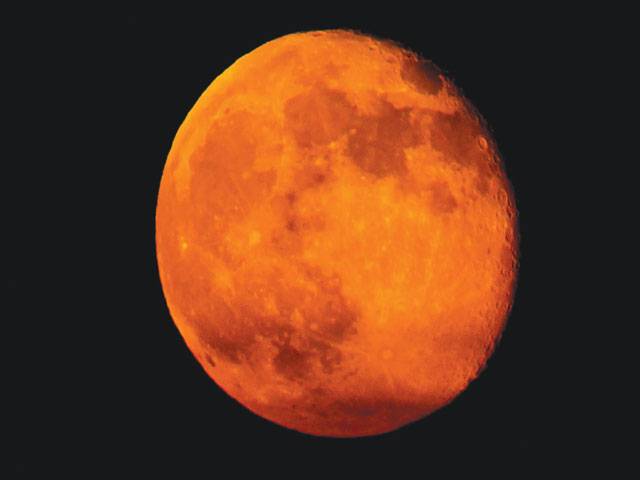CHICAGO - This month’s supermoon will be the largest since 1948, as the moon swings closer to the Earth than it has been in nearly 70 years.
By mid-November, Chicago’s World Series afterglow will have faded and the hotly contested presidential election will be done and dusted, but North Americans will have one more “once in a lifetime event” to look forward to: The biggest, most spectacular supermoon in decades.
On November 14, skywatchers will be rewarded with a lunar close-up, the result of a coincidence between the moon’s elliptical orbit and the position of the Earth and Sun. A “supermoon” is the colloquial term for when a full moon coincides with the moon’s closest approach to Earth, known as perigee.
When the sun, moon, and Earth line up in the sky, with the sun on the opposite side of the Earth from the moon, that phenomenon, called syzygy, creates a full moon. Combine that with the closest perigee in 70 years, and you get a supermoon that appears to be about 14 percent bigger and 30 percent brighter than a normal full moon.
This year has seen so many supermoons – two in the months bookending November alone – that this month’s big celestial event may seem almost commonplace. In reality, this supermoon will be the largest since 1948.
As the moon takes its monthly trip around the Earth, the elliptical (egg-shaped) orbit means that the moon is not always the same distance away. Because Earth’s Greek name is Gaia, Greek astronomers called the closest approach peri-gee (close-to-Earth), while the furthest point of the moon’s orbit is called apo-gee (far-from-Earth).
And when the moon draws close, exciting things happen, as Space.com’s Geoff Gaherty explained last year:
The important thing for astronomers is that the perigee distance is less than 223,690 miles (360,000 km). When the moon gets this close, its most important effect on the Earth — the ocean tides — gets stronger.
The last apogee occurred on Halloween, when the moon was the farthest from Earth that it will be all year, while November 14th’s supermoon will be the closest the moon has been to Earth in a long time.
“The full moon of November 14 is not only the closest full moon of 2016 but also the closest full moon to date in the 21st century. The full moon won’t come this close to Earth again until November 25, 2034,” writes NASA in a blog post.
November’s full moon is also known as the Beaver Moon, as it occurs during the period in which hunters used to set traps for the furry animals, whose pelts were popular in warm winter clothing.
2016 has been a big year for supermoons, with an unusual six new or full moons occurring at perigee. In March, April, and May, the new moons occurred at perigee, although they were not nearly so striking as this fall’s triad of October, November, and December full moons. Like all new moons, they occurred when the lit side of the sun faced away from Earth, so the moon was nearly invisible in the sky.






